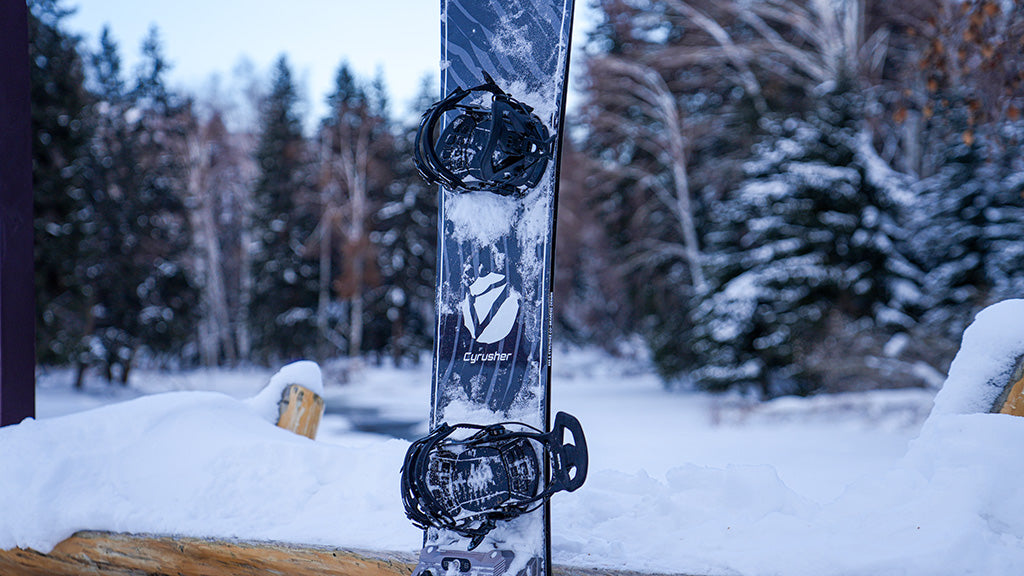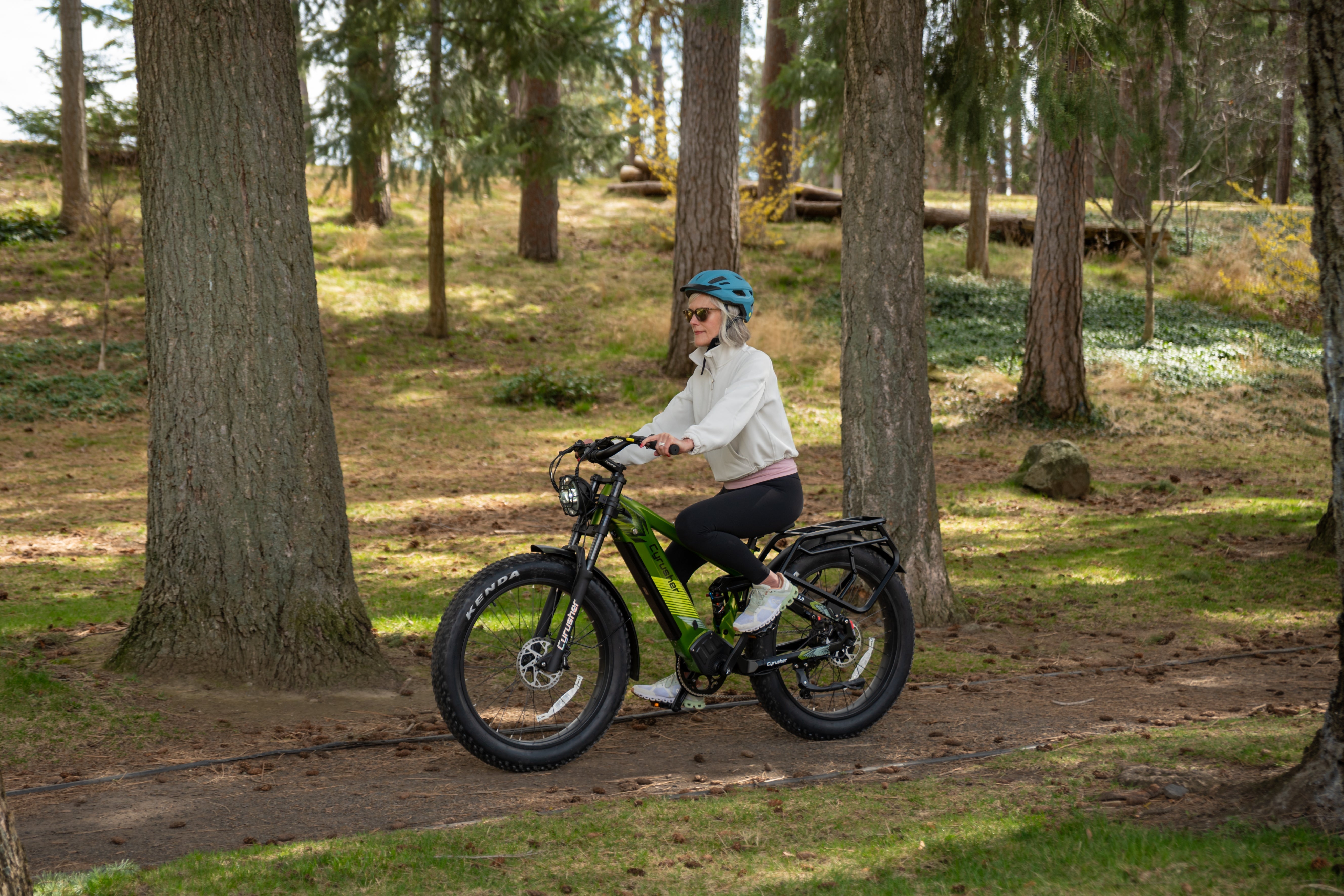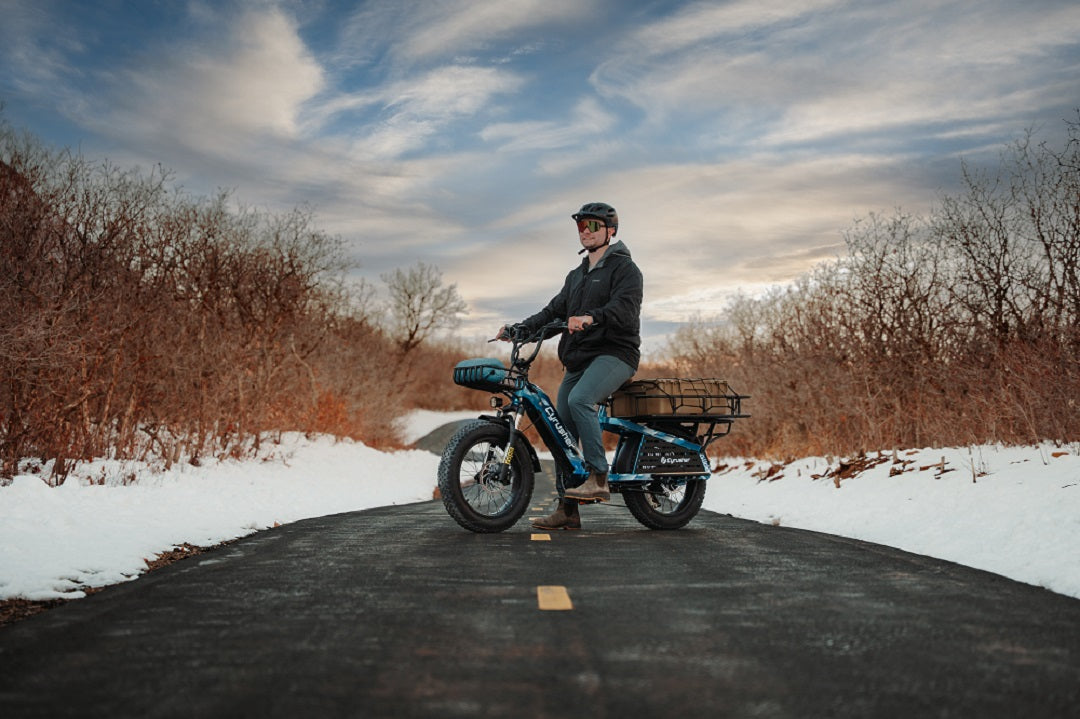Snowboard bindings are one of the most important parts of the snowboard setup. They are the vital link between the rider and the snowboard itself. These crucial components play a key role in ensuring stability, control and comfort when going downhill. Choosing the right bindings for your specific needs, skill level and riding style is critical to enjoying a safe snowboarding experience.
Parts of snowboard bindings
Baseplate:
The base plate is the foundation of the bindings and attaches them to the snowboard. Look for durable materials and adjustable features for a personalized fit and good responsiveness.
Highback:
The highback provides important support and control for the heel edge. Consider highback height, flexibility and adjustability for comfort and maneuverability.
Straps and buckles:
Straps and buckles hold the boot in place. Look for comfortable, durable materials and easy-to-use buckles for walking on mountains.
The general softness and stiffness of bindings will be different and depend on the construction of all three parts, the hi-back, base plate and ankle straps.

The use of snowboard bindings
Snowboard bindings are crucial as they link the rider's boots to the snowboard. They help in transferring the rider's actions to the board, enabling responsive turns, executing tricks and maintaining control. Choosing the right bindings can enhance performance, lessen fatigue and greatly influence the overall snowboarding experience during mountain rides.
Classification of snowboard bindings
Recognizing that there are different snowboard binding types is important to make an informed choice. Currently, there are three main types available. Firstly, there are traditional strap-in bindings, known for their customizable fit and control. Then, there are rear-entry bindings, emphasizing swift entry and exit. Finally, there are innovative step-on bindings, providing a hassle-free experience. Each type has its own advantages and things to consider.
-
Strap-in bindings
Strap-in bindings are widely available and recognized for their adaptable fit and control, making them a popular choice. These bindings use straps and buckles to attach the boot onto a plate. This offers a secure and adjustable connection that can be fine-tuned from the ankle to the toe to vary the tightness. They work well with both soft and hard boots, catering to different preferences. Known for their versatility, they accommodate all riding styles and skill levels while providing excellent support and cushioning. However, adjusting the buckles manually can be somewhat cumbersome and time-consuming, especially in colder conditions.
-
Rear-entry bindings
Rear-entry bindings prioritize rapid entry and exit. In contrast to traditional strap-in bindings, they feature a single integral strap (combining ankle and toe straps into one piece) and lack adjustability for both. These bindings incorporate a highback that enables riders to access them from behind, eliminating the necessity for manually tightening straps. Despite their convenience, they might offer slightly less customization compared to traditional bindings.

-
Step-on bindings
Step-on bindings are an innovative type aimed at removing the requirement for extra buckles to secure the boot. Instead, riders can simply step into the bindings and lock them using a mechanism. Among the three types, this is the easiest to use. These bindings provide unparalleled convenience and speed, making them particularly popular among riders seeking a hassle-free experience without traditional straps or buckles. However, because of their strapless design and somewhat limited elasticity, they are harder to adjust. Typically, they're bought alongside matching snowboard boots and this can be quite pricey.
|
|
Pros |
Cons |
Recommended Group |
|
Strap-in bindings |
1. Offers strong adjustability, allowing customization to various elasticity levels and providing greater flexibility. 2. A broad range of products in terms of types, softness, price options and more. 3. Is universally available, ensuring convenient maintenance. |
Inconvenient for wear, requiring readjustment each time it's worn. |
As the most prevalent type of bindings, it suits a wide range of snowboarders. |
|
Rear-entry bindings |
Easy to put on, no need to frequently adjust the straps. |
1. Limited adjustability compared to other options. 2. Limited availability in the market with potentially inconvenient maintenance. 3. Might cause inconvenience in specific situations, like extreme environments. |
Rear-entry bindings are better suited for mountain rides rather than freestyle rides. They excel in scenarios such as indoor snowboarding or any situation requiring frequent on-and-off usage. |
|
Step-on bindings |
1. Offers great convenience during wear. 2. Typically lighter in overall weight. |
1. Has limited adjustability and requires a specific set of snowboard boots, which might not be cost-effective. 2. Limited market options and potentially more intricate maintenance. 3. Challenging to put on in extreme environments. 4. Absence of a strap design poses a risk of accidentally falling off the board. |
The step-on type is equally suitable for a wide range of people, except in deep snow conditions. The ease of putting them on and taking them off is particularly beneficial for situations requiring frequent changes. |
How to choose the suitable bindings
Softness
Softness is critical, especially for beginners prioritizing comfort, ease of use and forgiveness. Bindings with more elasticity and adjustable features help novice riders adapt to snowboarding. Stiffer bindings can be challenging and frustrating, taking away from the enjoyment of the sport.
Intermediate riders often prefer more responsive bindings for enhanced control and performance, aligning with their advanced skills. Stiffer bindings enable a faster, stronger snowboarding style that expands possibilities.
Hence, it's advisable for beginners to opt for soft to moderately stiff bindings and for advanced riders to select moderate to stiff bindings.
Rider weight
A rider's weight significantly influences binding performance. Heavier riders often benefit from stiffer bindings that offer improved support and responsiveness. Conversely, lighter riders may prefer softer bindings for enhanced maneuverability.
Riding situation and terrain
As well as considering the primary terrain that will be ridden on, it is crucial to factor in preferences. Freestyle riders often lean towards bindings offering greater flexibility. This supports them to execute tricks and navigate through various types of park terrain. Meanwhile, for all-mountain or backcountry riding, prioritizing stability and support in bindings is key as conditions will change.
Size
The size of the binding significantly influences overall comfort and responsiveness during the snowboarding experience, particularly when matched with the size of the rider's snowboard boots. Bindings should align with the brand's specified size requirements Parameters and fit will differ across brands . Trying on bindings in a physical store is highly recommended for more precise size information.
Assessing if it matches the shoe size:
- Ensure the ankle strap and toe strap can fully encompass the snowboard boot, and verify that the overall size and width of the boots is a good matchto prevent any instability within the bindings.
- Confirm that the toe of the snowboard boot does not extend beyond the binding, as this might compromise overall support and functionality.
Budget
Budget is important when considering bindings as products will differ in price. Higher-end models often have advanced features and materials, while more affordable options still offer quality. Within your budget, look for bindings with features that align with your requirements. For beginners, moderately priced bindings are advisable. Avoid extremely cheap low-quality options that may risk your safety while snowboarding. Quality bindings typically feature easily adjustable straps and buckles, providing excellent support that enhances comfort and performance.
Riding style
A snowboarder's riding style significantly impacts the choice of bindings. Freestyle riders typically favor bindings with increased flexibility that are ideal for executing tricks and park riding. Conversely, all-mountain or backcountry enthusiasts often opt for bindings that prioritize stability and support across various conditions.

Breakdown by riding styles:
- Freestyle: Soft and forgiving bindings are preferred, offering flexibility and enhanced maneuverability and suitable for park and freestyle riding.
- All-mountain: Medium flex bindings offer versatility across diverse terrains and riding styles.
- Freeride/alpine: Stiffer bindings are chosen for better response and control, particularly at higher speeds and in more aggressive riding conditions.
Different types of bindings
Bindings are available with various entry systems, such as traditional strap-in, rear entry and step-on systems. The most suitable choice depends on personal comfort and convenience.
The ideal approach to selecting snowboard bindings is to consider your riding preferences, skill level and comfort, aligning these with terrain and style requirements. Binding design, stiffness of the baseplate/highback that impacts ride comfort, as well as durability and detailing, are important to determine suitability for specific uses. Understanding your snowboarding style takes precedence in choosing the right bindings. Additional data, like binding weight, can serve as supplementary information.
Whenever possible, try different bindings with your snowboard boots before purchasing to ensure a proper fit and the desired feel.
Ensuring compatibility between bindings and snowboards
Ensuring compatibility between bindings and snowboard design is crucial for optimal performance. Variances in board shapes, widths and flex patterns may necessitate specific binding characteristics. Understanding these connections will assist you to select bindings that complement your chosen snowboard design. It's important to check compatibility in terms of binding mounting systems like 2x4, 4x4 or Burton's The Channel system, along with considering the binding size in relation to boot size.
Commonly, mounting systems involve discs or disks with screws used to attach bindings to the snowboard. These discs offer various insertion options, enabling adjustments in stance width and angle. Traditional disc mounts provide versatility, allowing riders to fine-tune their setup for personalized comfort and performance.
Alternatively, some snowboards feature The Channel system, incorporating a grooved rail along the board. Bindings compatible with this system slide onto the rails and are secured using screws or locking mechanisms. The Channel system facilitates quick and easy adjustments to stance angle and width without requiring additional hardware.
Stance width
Snowboards typically feature bindings with screw holes using various mounting systems like 2x4, 4x4 and Burton's 3D and Channel systems. In these systems, the measurements refer to the distance between the long sides of the bindings.
For instance, in the 2x4 system, the screw holes are set 4cm and 2cm apart whereas in the 4x4 system, they are 4cm and 4cm apart. Bindings usually have discs that lock into these screw holes, maintaining a 4cm distance from each other. The distance between the center points of the four locked screw holes determines the width of your stance on the snowboard.
Hence, when installing bindings, it's essential to adjust your stance width based on your snowboarding style and physical attributes. If the stance is too wide, it might reduce maneuverability. Conversely, if the stance is too narrow, it may elevate the center of gravity and decrease stability. Finding the right balance is necessary for optimal performance.
Stance angle
The stance angle on bindings is adjusted using a disk mechanism. Determining the appropriate angle for you depends on your snowboarding proficiency, habits and preferences.
Typically, binding angles range from 0 to 36 degrees, offering a maximum adjustable range of 36 degrees. The adjustment typically changes in increments of three degrees, except for Burton's channel system. The direction of adjustment can be inward or outward to increase or decrease the angle by a certain number of degrees. When adjusting both sides, coordination is important to maintain consistency.
It's critical to regularly practice and adjust binding angles based on different riding venues and styles to find the most suitable angle for your snowboarding experience.
Irrespective of the mounting system utilized, attaining a precise fit during installation is crucial for optimal performance. Ensuring a snug and secure fit guarantees maximum responsiveness and comfort while snowboarding.

Follow these steps for a proper setup:
- Consult the manufacturer's instructions for your bindings and board.
- Ensure the bindings are centered on the board for balance.
- Use a torque screwdriver to tighten the screws according to the recommended specifications to avoid both overtightening and undertightening.
Being aware of available mounting options and adhering to proper mounting guidelines will result in a safe and personalized setup, ultimately enhancing your overall snowboarding experience.
Conclusion
In conclusion, selecting the right snowboard bindings is a personalized process that involves considering various factors. By customizing bindings to match your riding style, skill level and preferences, you can significantly enhance your snowboarding experience. Remember, suitable bindings enhance control, comfort and overall enjoyment, allowing the rider to fully enjoy this amazing snow sport.










Share:
The Benefits of Dual Battery Ebikes
Ultimate Guide for Must Have Snowboard Accessories